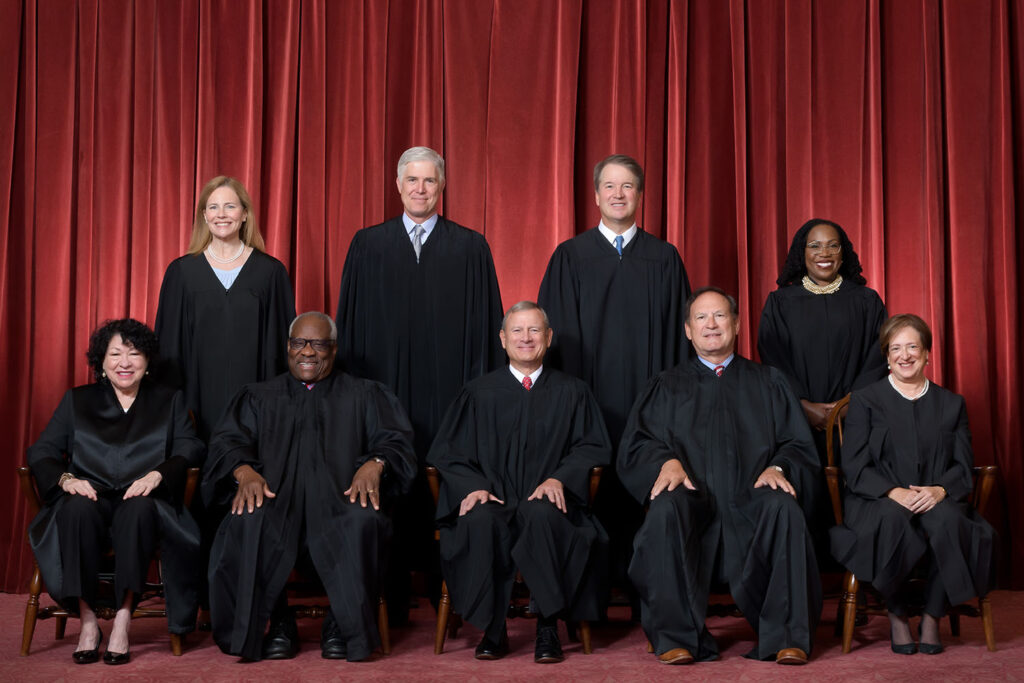Demystifying the Process of Federal Appeals: What You Required to Know
Browsing the intricate realm of government appeals can usually appear like passing through uncharted waters for those strange with the procedure. Recognizing the subtleties of appellate court jurisdiction, the intricacies of filing a notice of allure, presenting an engaging quick, and making an influential oral disagreement are essential elements that can substantially influence the result of a situation. By untangling the layers of intricacy surrounding federal charms, people can obtain a more clear insight into the mechanisms that control this essential phase of the lawful system.
Comprehending Federal Appeals Process
Delving right into the intricate realm of the federal charms process reveals a systematic and organized journey with the judicial system. Federal appeals work as a critical mechanism for evaluating decisions made by reduced courts. Comprehending this procedure is necessary for any individual associated with lawful procedures at the federal degree.
The process generally begins with a party disappointed with a lower court's ruling submitting a notification of allure. This triggers a testimonial by a higher court, where a panel of judges assesses the lawful disagreements presented by both events. Briefs describing the lawful thinking behind each event's placement are submitted, and dental debates might be heard to clear up complex concerns.
The appellate court's decision is based on a comprehensive examination of the reduced court's procedures and the arguments offered. Once the appellate court reaches a decision, it can attest, turn around, remand, or modify the reduced court's ruling, providing quality and finality to the legal conflict.
Appellate Court Jurisdiction Explained
Appellate court territory refers to the extent of situations that a specific appellate court has the power to examine and determine upon. Unlike trial courts that hear situations for the initial time, appellate courts are restricted to evaluating decisions made by reduced courts.
Appellate courts have territory over specific types of situations, normally those entailing lawful mistakes, procedural issues, or concerns of regulation rather than valid conflicts. The territory of appellate courts is usually laid out in laws and laws that govern the court system. Recognizing appellate court jurisdiction is critical for parties entailed in the allures process as it identifies whether a situation is qualified for review and the level to which the appellate court can interfere in the reduced court's choice.
Declaring a Notice of Allure
The initial action in beginning the federal charms process entails submitting a Notification of Charm with the proper appellate court. This important record officially notifies the court and the various other events entailed in the instance that the appealing party means to seek an evaluation of the lower court's decision. Filing a Notice of Allure is a stringent step-by-step demand that establishes the appellate process moving.
When preparing the Notice of Charm, it is important to make sure compliance with the details regulations and standards of the appropriate appellate court. federal appeal attorneys. The document should typically include information such as the instance name, i loved this the lower court's name, the date of the judgment being appealed, and a succinct declaration indicating the premises for the charm

Rundown and Oral Disagreement
In the appellate process, presenting composed briefs and participating in oral debates play pivotal duties in supporting for the appealing party's placement prior to the appellate court. Briefs are comprehensive legal files that detail the events' debates, legal authorities, and analysis supporting their settings. These composed submissions provide the court with a detailed understanding of the realities of the situation, the relevant law, and why the appealing party believes the lower court's choice should be overturned.
Complying with the submission and review of the briefs, dental disagreements use the celebrations a chance to additional clarify their placements, address any questions the appellate judges may have, and highlight vital factors from their composed briefs. Dental arguments are a possibility for the lawyers to convince the judges through verbal campaigning for and feedbacks to queries from the bench.
Both the written briefs and dental disagreements are critical elements of the appellate process, allowing events to offer their situation completely and compellingly before the appellate court. - federal appeal lawyers
Getting the Appellate Court Choice
Upon completion of oral arguments and submission of created briefs, the following pivotal phase in the appellate process entails waiting for the decisive judgment from the appellate court. This duration of expectancy can be loaded with a mix of anxiousness and wish for parties included in the allure. The appellate court's choice is normally delivered in a composed format and outlines the court's final thoughts on the legal problems offered, the reasoning behind their decision, and the judgment made. The time frame for obtaining the appellate court's decision can differ, yet courts strive to offer timely resolutions. Once the decision is provided, events should very carefully review the court's ruling to comprehend the end result and determine any additional steps that may be essential. Whether the appellate court attests, turns around, or remands the reduced court's choice, comprehending the ramifications of the judgment is critical for all parties included in the appellate process. Therefore, immediately examining and comprehending the appellate court's decision is vital in navigating the next action in the legal proceedings.
Verdict
Comprehending the appellate court territory, filing a notification of charm, preparing briefs, and presenting dental debates are all vital parts of this procedure. Eventually, receiving the appellate court decision can give clarity and resolution to lawful conflicts.
As we progress from comprehending the federal allures procedure to dissecting the complexities of appellate court territory, a basic facet comes to light relating to the authority and limitations of these higher courts in the lawful landscape. Appellate court jurisdiction refers to the extent of instances that a certain appellate court has the power to choose and assess upon. Unlike test courts that listen to cases for the very first time, appellate courts are restricted to reviewing decisions made by lower courts. Understanding appellate court jurisdiction is crucial for parties entailed in the charms process as it figures out whether a situation is eligible for testimonial and the extent to which the appellate court can interfere in the reduced court's choice.
